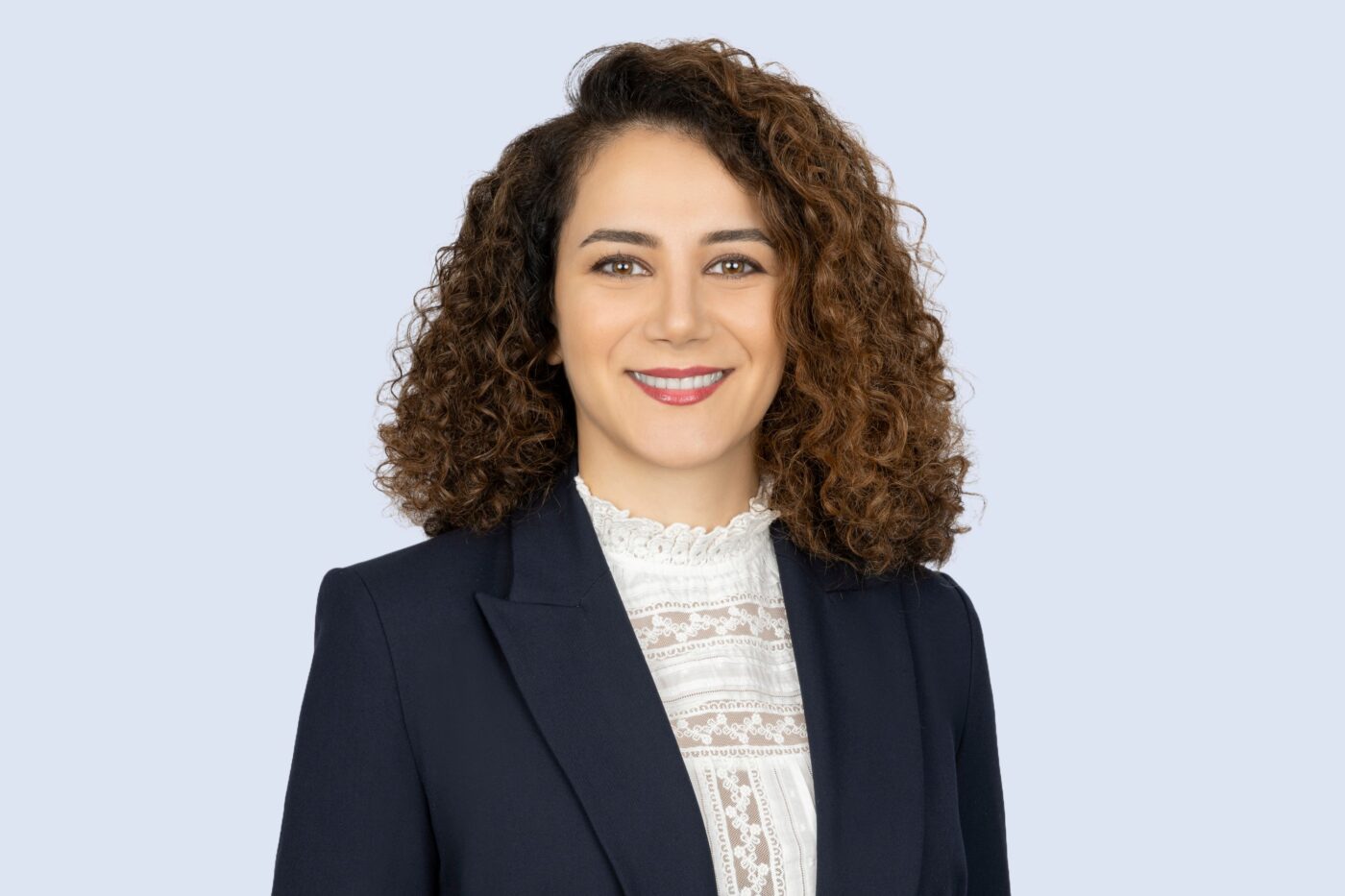Saba Rahimi earned her PhD in biomedical engineering in 2022 from Dr. Kullervo Hynynen’s Focused Ultrasound lab. Rahimi’s passion for AI and machine learning led her to seek out opportunities to integrate these technologies into her work. Now, as a senior AI research associate at JP Morgan Chase & Co., Rahimi leverages her diverse background to advance AI initiatives within the financial sector.
AI-Driven Financial Solutions at JPMorgan Chase
As the senior AI research associate at AIR team at JPMorgan Chase & Co. (https://www.jpmorgan.com/technology/artificial-intelligence/about), Rahimi is responsible for conducting research on AI and machine learning, similar to her academic pursuits. Despite working in a different sector from her graduate school research topic, there are many similarities between her current work and her PhD research.
“During my PhD, my research focus was primarily on utilizing focused ultrasound for the treatment of brain diseases, rather than on AI or machine learning,” said Rahimi. “I developed a methodology for conducting thorough literature reviews, synthesizing findings, and effectively communicating results through paper writing, all of which are transferable to what I’m doing now.”
From Predicting Stock Trends to Analyzing Satellite Imagery
At JP Morgan Chase, Rahimi’s projects often involve solving financial issues or predicting trends. In one project, Rahimi and her team utilized state-of-the-art machine learning and AI algorithms to forecast stock prices, Traditional methods for predicting stock prices often struggle because they have difficulty capturing both short-term and long-term patterns in the data. Some algorithms are good at identifying short-term patterns, like small fluctuations in price, but they struggle with understanding the bigger picture over time. By considering multiple types of algorithms, Rahimi and her team were able to develop a new algorithm that can better predict the ups and downs of the stock market. “This is obviously valuable information for investors and financial decision-makers,” said Rahimi.
Another project by Rahimi and her team involves leveraging data from satellite images. While this might seem unconventional for a financial institution, interdisciplinary collaborations like this are becoming more common.
“We use satellite data to predict urbanization patterns and assess the impacts of natural disasters,” said Rahimi. “In our research, we explore various pre-processing techniques applied to nighttime light data, which serves as a reliable indicator of post-hurricane activity. We have been able to reveal correlations between denoised nighttime light data and the economic damages caused by Category 4-5 hurricanes in Florida. This analysis provides valuable insights for insurance companies and investors, enabling more accurate estimations of building losses.”
Transition from Academia to Industry
Rahimi’s journey from academia to industry has been marked by impactful contributions in the field of AI healthcare. Her PhD thesis, in collaboration with Dr. Kullervo Hynynen, focused on using ultrasound to treat brain disorders. By employing focused ultrasound alongside microbubbles, they were able to transiently and selectively open the blood-brain barrier, facilitating more precise delivery of medicines.
She began with biomedical-related AI projects, focusing on areas where she could make a meaningful impact. One of her earliest projects involved collaborating with Dr. Pejman Jabedar Maralani at Sunnybrook Research Institute, where she applied machine learning techniques to improve the accuracy of medical imaging interpretations. Rahimi’s journey continued as she took on more challenging roles, including her time as a machine learning engineer at a startup company in Toronto. Here, she honed her skills in developing AI algorithms for smart organ transplantation. Her contributions were pivotal in advancing the startup’s product offerings, particularly in winning 1 Million dollar funding from the Government of Canada.
In her first internship as an AI fellow, Rahimi worked on a project focused on predicting treatment responses in brain tumor patients using MRI scans. “This project aimed to provide accurate predictions of treatment outcomes, enabling clinicians to guide patients towards informed therapeutic decisions,” said Rahimi. In her second internship, Rahimi joined Microsoft as an AI research intern, where she contributed to reducing the costs associated with medical image annotation. At Microsoft, she developed AI-driven solutions that minimized the need for extensive human annotations by leveraging predictive algorithms, significantly enhancing efficiency in clinical settings. “Our findings demonstrated that with just 40% of images labeled, we could achieve satisfactory automated segmentation of lung CT scan structures,” said Rahimi.
Throughout her career, Rahimi has been engaged in a variety of AI projects across different domains. Her experiences have given her a broad perspective on the application of AI in healthcare. These diverse experiences have equipped her with valuable insights, empowering her to confidently take on her current role.
Future Trends in AI in Finance
The future of AI in finance is significantly shaped by the advancements in large language models (LLMs), which are enhancing how we interact with and utilize data. “A major trend I foresee is the improvement of tool-use capabilities within these models. Despite the progress, there’s still a notable gap in their ability to effectively use external tools, such as APIs, which are vital for carrying out complex financial analyses and instructions. This gap is increasingly being filled by developments that focus on enhancing the instruction tuning of these models to better manage tool interactions. For instance, newer models are being equipped with capabilities that allow them to execute intricate instructions and interact seamlessly with external data sources, with the potential to democratize and streamline financial data processing.”
Rahimi also highlighted the trend of automating repetitive tasks through the development of supporting agents for human roles. These agents, designed not to replace humans but to aid them, can drastically streamline daily tasks, from document editing to research paper drafting, significantly accelerating processes. “In a banking environment, we envision specialized agents with advanced capabilities, capable of performing tasks with exceptional accuracy and efficiency,” Rahimi added.


